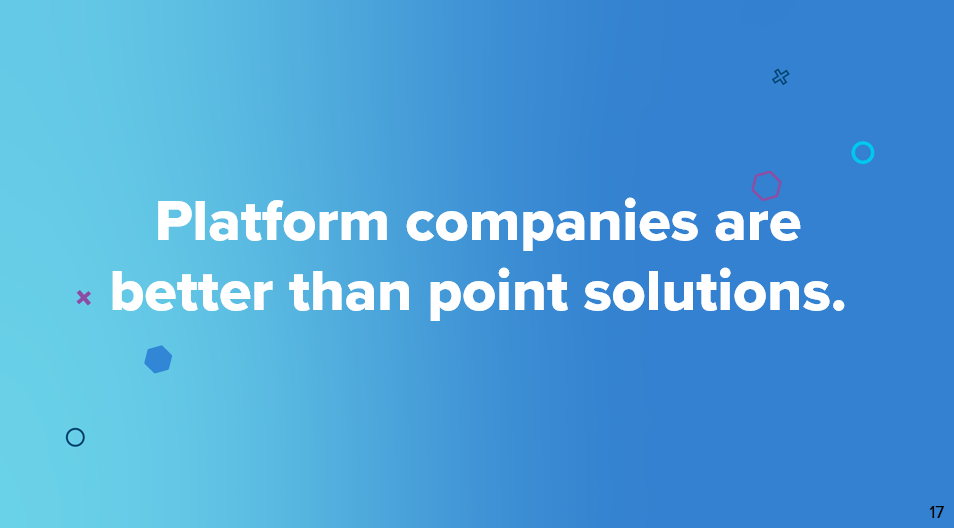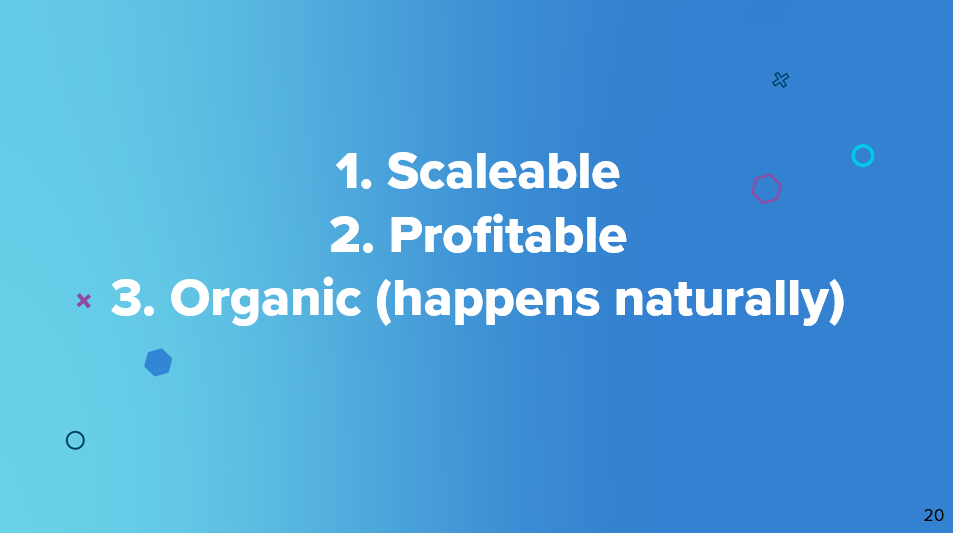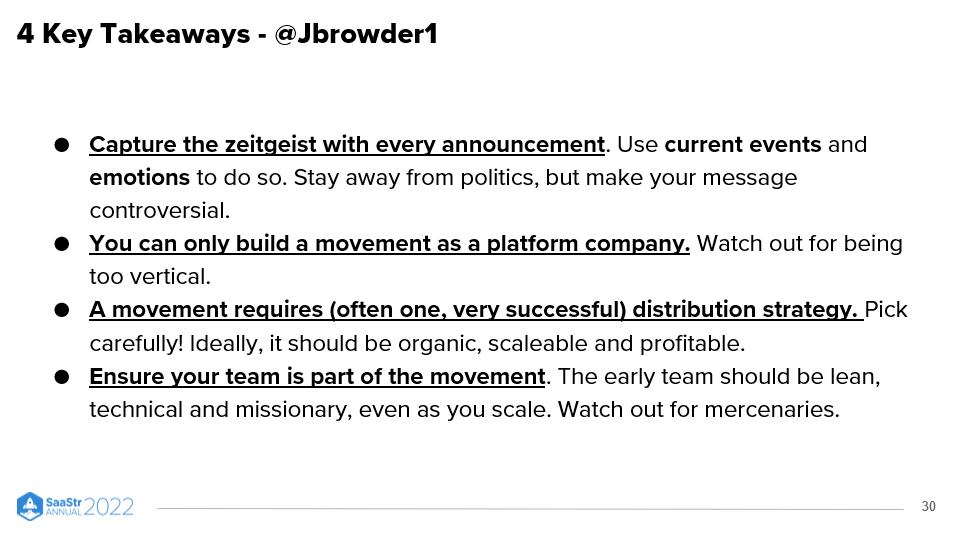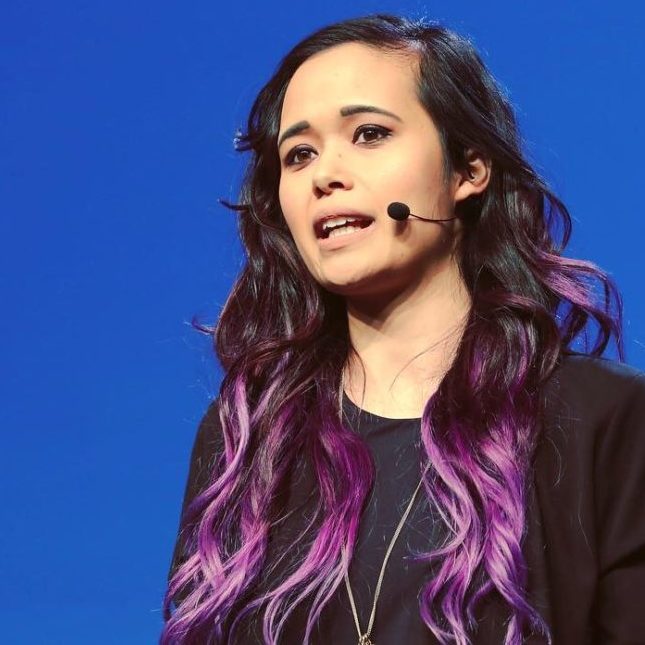Not all startups follow the same trajectory for getting off the ground. Some stumble into the world of entrepreneurship like DoNotPay founder Joshua Browder did. As a self-proclaimed accidental entrepreneur, Browder shares a few unconventional ways to scale your company.
The DoNotPay journey started six years ago and has led to many unconventional lessons that go against the popular wisdom of starting, scaling, and distributing a product.
The DoNotPay Origin Story
When Browder was between the ages of 18 and 20, he got around 30 parking tickets. As a broke college student attending Stanford for computer science, it was a problem.
Out of necessity, he became a legal expert.
“If you know the right things to say, you can save yourself a lot of money,” Browder shares.
Word got around, and people started creeping out of the woodwork seeking help for their own parking ticket woes. DoNotPay was born. As a robot lawyer, DoNotPay helped people get out of tickets automatically and snowballed into ways to handle all kinds of tedious situations.
It went viral immediately.
Unconventional Lesson #1: Go Viral
I know, I know, going viral isn’t an exact science. But if you’ve got something good, it’s possible with the right strategy and sometimes a little luck.
In the first week, DoNotPay went from 20 cases to tens of thousands of cases. Every news network picked it up. It was on the front page of Reddit. The website started crashing.
So lesson #1 is: Capture The Zeitgeist.
We live in a noisy world of launching products, so if you can tap into the psychology of society, your company can be propelled much more quickly.
Capturing the zeitgeist is like a cheat code when launching.
Browder got lucky, but there are two ways to tap into people’s psyches.
- Emotions
If you can play into their wrath, greed, lust, or envy, you’ll connect with people. Dating apps tap into lust. For Browder, he harnessed peoples’ wrath against getting parking tickets. They were united against a common enemy.
Another example is two competing B2B restaurants ordering products. One has a generic header on its website saying who it serves. The other says, “Take back control from Uber Eats.”
Of course, the second one will trigger some feelings and, likely, more conversions because it makes people feel something. - Current events and trends
Sometimes your product is so boring that you need an extra boost from current events and trends. When Southwest canceled a bunch of flights recently, the DoNotPay team built out a product to capture the zeitgeist.
Virality is similar to a mob mentality. People might not pull out the pitchforks, but if something starts to spread, people will jump on it because the trend and current event make them too curious not to.
Browder says to “be controversial but apolitical.” DoNotPay might say replace all lawyers and make the law free, but it’s not political. Just highly controversial. You want people to agree with you; if it gets political, you’ll likely lose a significant portion of your audience.

Lesson #2: It’s Easier To Build A Movement As A Platform Company
As DoNotPay continued to grow, Browder asked, “Why now? Why hasn’t this idea been built before?” What he found was a graveyard full of companies that had tried and failed because their focus was too narrow.
The average American only gets one parking ticket per year, so building horizontally, with multiple products, is the ticket to scaling.
It’s easier to capture the zeitgeist when you have a horizontal platform that can be applied to hundreds of thousands of areas than if you’re just building a parking ticket company.
You can only build a movement with a horizontal platform company.
Lesson #3: Most Companies Get Their Customers From A Single Acquisition Channel
If you look at Airbnb, it’s primarily SEO. Brex plastered San Francisco with billboards. Some companies have built-in virality, but PR isn’t enough to sustain a company for the long haul.
DoNotPay was on The Today Show twice. Revenue and usage grew, but eventually, it petered out.
So if you focus on one acquisition channel, ensure it’s the best. And the best one for you will be unique to your company.
Browder came up with three criteria to determine the best channel.
- Scalability
- Profitability
- Organic (happening naturally)
When starting DoNotPay, Browder was directly messaging friends. It wasn’t scalable.
Profitability seems obvious, but many companies might pay $100 to acquire a customer and only get $70 in return.

Organic is the least obvious. Browder visualizes organic by imagining that the acquisition strategy would continue if the entire marketing team were to disappear.
So paid social is out. If the marketing team stops spending, the ads stop running. Browder believes paid social is the worst acquisition channel, where CACs have increased drastically, and it’s difficult to target customers effectively.
Virality is a great channel and meets all three criteria. But it’s unique to the company. Some things are so specific that it’s challenging or even impossible to go viral.
Organic social is also a win. Every six months, a new social app might land at the top of the app store, tapping into organic social.
For example, anonymous question apps are fun on social media, but sometimes people want to find out who answered their questions. So they download the app, share to their stories, and it goes viral.
SEO is a favorite for DoNotPay. If you publish good content written by actual humans, Google loves it.
The way the product journey works is a user searches for something and finds your content. If you play your SEO cards right, you’ll have a way to convert users within the articles they’re reading, depending on your offering.
The key is to focus on one key channel. It doesn’t necessarily matter which channel as long as it meets the criteria above.
Lesson #4: Build A Lean Team To Start
High-growth companies tend to hire a lot of people. Things are moving fast, and sometimes more people are added to save time upfront vs. examining and implementing more efficient processes that take more time in the short term.
Browder suggests building out a lean team to start. During his Stanford days, he watched many companies blow up, and many of them tended to get very bloated from hiring too many too quickly.
His second piece of advice is to get your team behind you. A mission-driven team is motivated by their work and can be more loyal to the company and its goals.

Key Takeaways
These non-traditional approaches to scaling your company aren’t for everyone. But if you’re looking for creative ways to tap into your market and you want to test the strategies of a fast-growing, multi-million dollar company, Browder’s methods might work for you.
The key takeaways include the following:
- Capture the zeitgeist with every announcement. Use current events and emotions to go viral, but remember to avoid politics while creating a controversial message.
- You can only build a movement as a horizontal platform company. Watch out for being too vertical.
- A movement requires an acquisition strategy, often only one very successful one. Choose carefully! Ideally, your strategy will be organic, scalable, and profitable.
- Ensure your team is part of the movement. Keep it lean, mean, and mission-driven.

